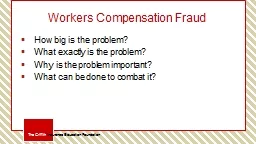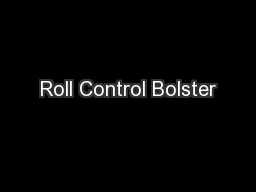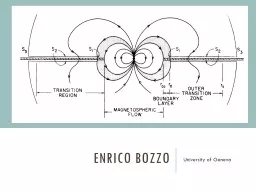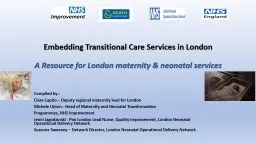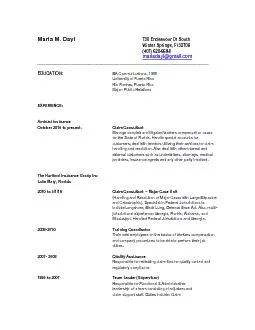PPT-Managing Workers’ Compensation Risks: Using Modified and Transitional Duties to Bolster
Author : min-jolicoeur | Published Date : 2019-01-23
Adele L Abrams Esq CMSP Law Office of Adele L Abrams PC wwwsafetylawcom 3015953520 Eastern office 3032282170 Western office Overview Light modified and transitional
Presentation Embed Code
Download Presentation
Download Presentation The PPT/PDF document "Managing Workers’ Compensation Risks: ..." is the property of its rightful owner. Permission is granted to download and print the materials on this website for personal, non-commercial use only, and to display it on your personal computer provided you do not modify the materials and that you retain all copyright notices contained in the materials. By downloading content from our website, you accept the terms of this agreement.
Managing Workers’ Compensation Risks: Using Modified and Transitional Duties to Bolster: Transcript
Download Rules Of Document
"Managing Workers’ Compensation Risks: Using Modified and Transitional Duties to Bolster"The content belongs to its owner. You may download and print it for personal use, without modification, and keep all copyright notices. By downloading, you agree to these terms.
Related Documents




